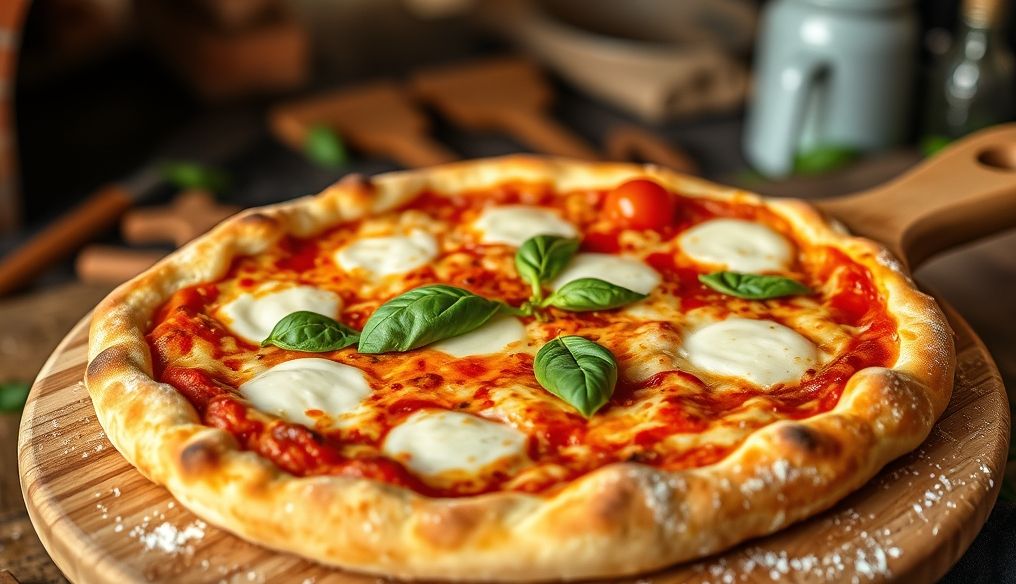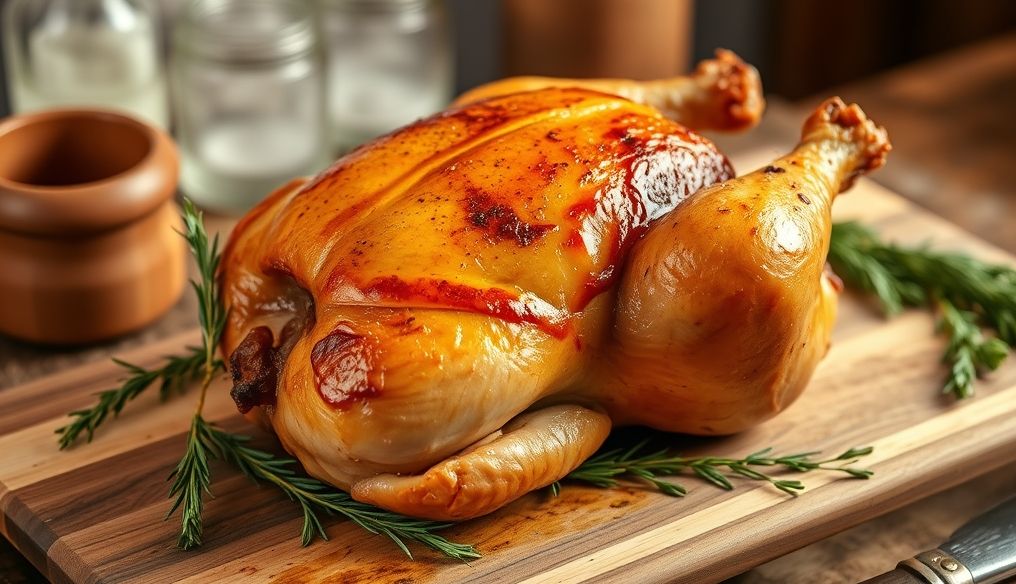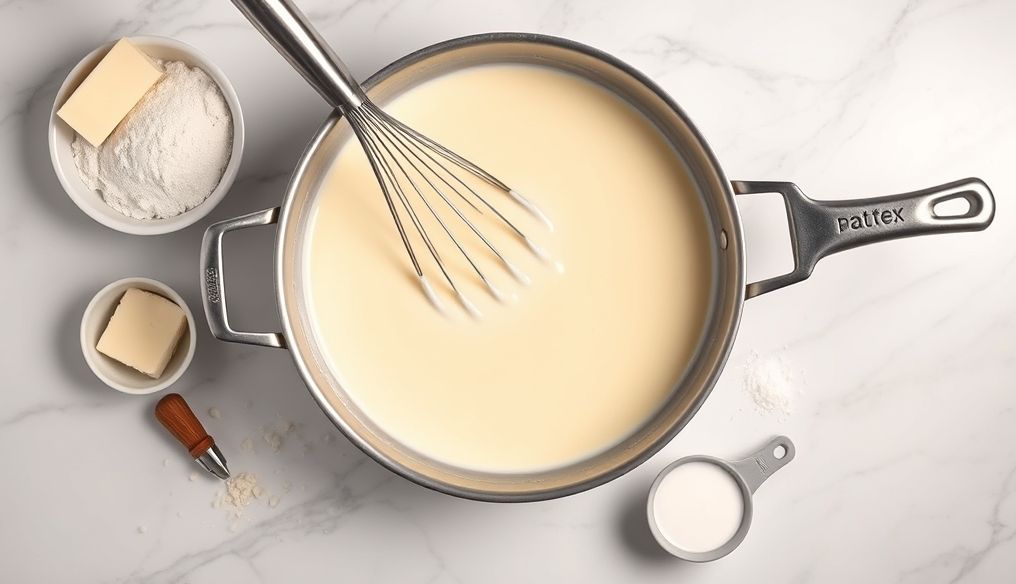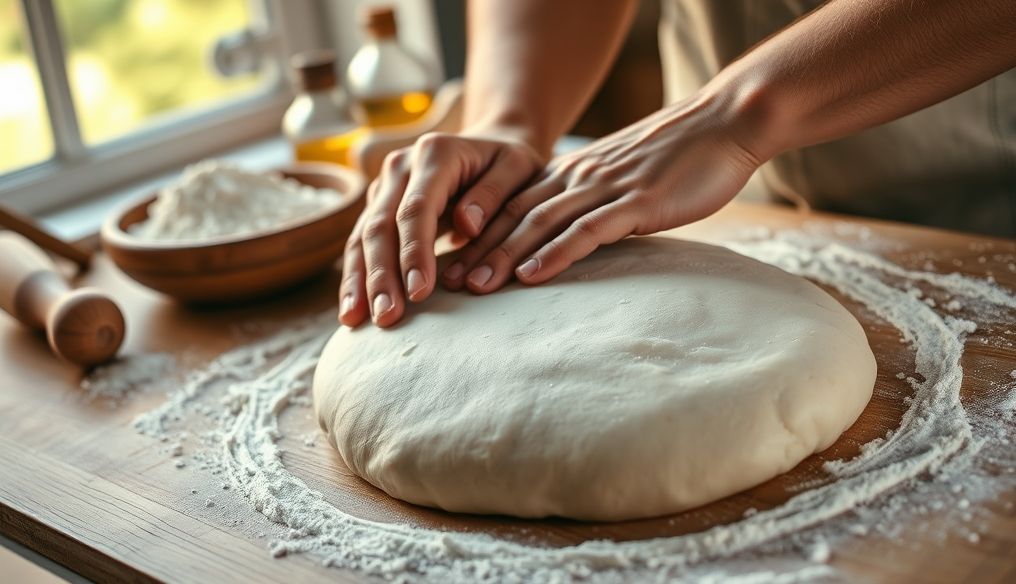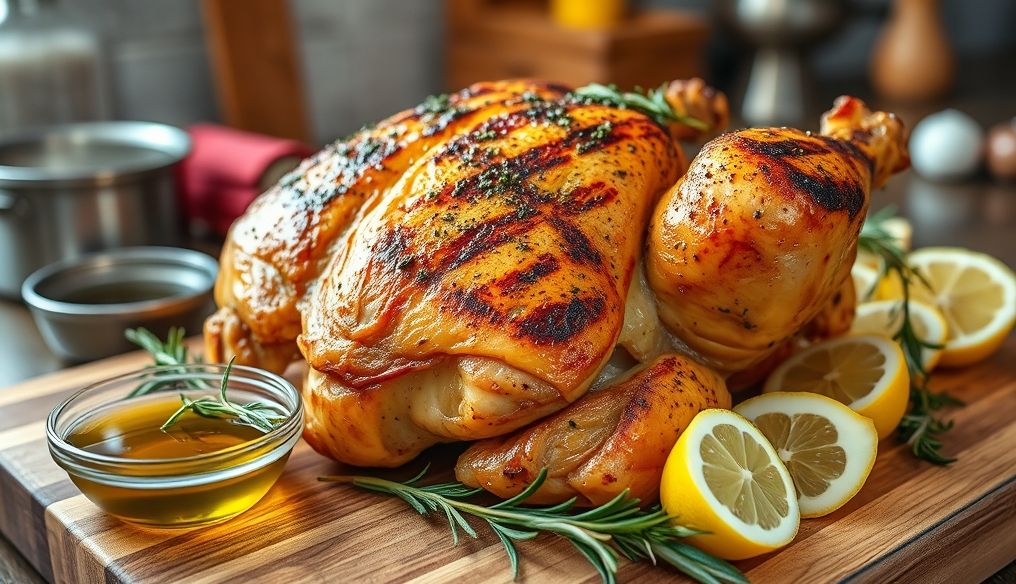Introduction: The Perfect Pizza Starts with the Dough
Homemade pizza can be a fun and rewarding experience. However, to achieve the desired result, you must pay special attention to the dough. The dough is the foundation upon which everything is built, and if the dough is good, the pizza will certainly be good.
Chapter 1: The Essential Ingredients for Perfect Pizza Dough
The ingredients are simple, but their quality is important:
- Flour: It is preferable to use high-protein bread flour (12-14%) to obtain a strong and flexible dough. Italian "00" pizza flour is an excellent choice.
- Yeast: You can use instant yeast or fresh yeast. Instant yeast is easier to use, while fresh yeast gives a deeper flavor.
- Water: The water should be warm (around 30-35 degrees Celsius) to activate the yeast.
- Salt: Salt plays a vital role in regulating yeast activity and enhancing flavor.
- Oil: Olive oil adds a distinctive flavor and makes the dough more pliable.
Chapter 2: The Correct Proportions and Ratios
The following proportions give a classic pizza dough:
- 500 grams bread flour
- 325 ml warm water (65% hydration)
- 10 grams salt
- 5 grams instant yeast (or 15 grams fresh yeast)
- 25 ml olive oil (optional)
Important Note: The hydration ratio (the amount of water compared to the flour) greatly affects the texture of the dough. Experiment with different ratios to find what suits you.
Chapter 3: Detailed Steps for Preparing the Dough
- Activate the Yeast: If using fresh yeast, dissolve it in a little warm water with a little sugar and leave it for 5-10 minutes to react.
- Mix the Ingredients: In a large bowl, mix the flour and salt. Add the activated yeast (or instant yeast directly) and the warm water gradually.
- Knead: Knead the dough for 10-15 minutes until it becomes smooth and elastic. You can use a stand mixer or knead by hand.
- Add the Oil: Add the olive oil and knead for another minute until well combined.
- Proofing: Place the dough in an oiled bowl, cover it, and leave it in a warm place for an hour or two, or until it doubles in size.
Chapter 4: Different Kneading Techniques
There are several ways to knead, each with its advantages:
- Hand Kneading: Requires more effort but gives you complete control over the dough.
- Stand Mixer: Saves time and effort and ensures even kneading.
- No-Knead Technique: Relies on long fermentation to obtain elastic dough.
Tip: Over-kneading can make the dough tough. Stop kneading when the dough becomes smooth and elastic.
Chapter 5: Proofing: The Secret Behind Perfect Flavor and Texture
Proofing is a vital process for developing flavor and texture. Slow proofing in the refrigerator (for 24-72 hours) gives the best results. Proofing develops the gluten and gives the dough elasticity and a chewy texture.
Note: The longer the proofing, the deeper and more complex the flavor.
Chapter 6: Shaping and Stretching the Dough
After proofing, divide the dough into equal balls. Let the balls rest for 15-20 minutes before stretching them.
Stretching Methods:
- By Hand: The traditional method, gives a pizza with thick edges and a distinctive texture.
- With a Rolling Pin: Faster and easier, but the dough may lose some air.
Tip: Do not over-stretch the dough, or it will become too thin and brittle.
Chapter 7: Tips for Baking Pizza at Home
For best results, use a pizza stone or a thick baking sheet. Preheat the oven to the highest temperature (250-300 degrees Celsius) for at least an hour.
Baking:
- Place the pizza on the hot pizza stone or baking sheet.
- Bake for 8-12 minutes, or until the crust is golden brown and the cheese is melted.
Tip: If you have a grill, you can use it to bake the pizza. The grill gives a distinctive smoky flavor.
Chapter 8: Common Mistakes to Avoid
- Using Unsuitable Flour: Low-protein flour will not give a strong and elastic dough.
- Not Activating the Yeast Correctly: Make sure the yeast is active before adding it to the flour.
- Over-Kneading or Under-Kneading: Over-kneading makes the dough tough, while under-kneading makes it brittle.
- Not Proofing for Long Enough: Proofing is essential for developing flavor and texture.
- Over-Stretching the Dough: Makes it too thin and brittle.
Chapter 9: Innovative Homemade Pizza Recipes
Try these recipes to add a creative touch to homemade pizza:
- Classic Margherita Pizza: Tomato sauce, fresh mozzarella cheese, and basil.
- Pepperoni Pizza: Tomato sauce, mozzarella cheese, and pepperoni slices.
- Vegetable Pizza: Tomato sauce, mozzarella cheese, peppers, onions, mushrooms, and olives.
- Grilled Chicken Pizza: Barbecue sauce, grilled chicken, cheddar cheese, and red onion.
Chapter 10: Conclusion: Enjoy an Unforgettable Homemade Pizza
Preparing perfect pizza dough at home is not difficult. By following these tips and techniques, you can enjoy a delicious and nutritious homemade pizza. Enjoy the experience and share it with family and friends!
Statistics: According to a recent study, 70% of people prefer homemade pizza to store-bought pizza. And 85% believe that preparing pizza at home is a fun and beneficial activity.
